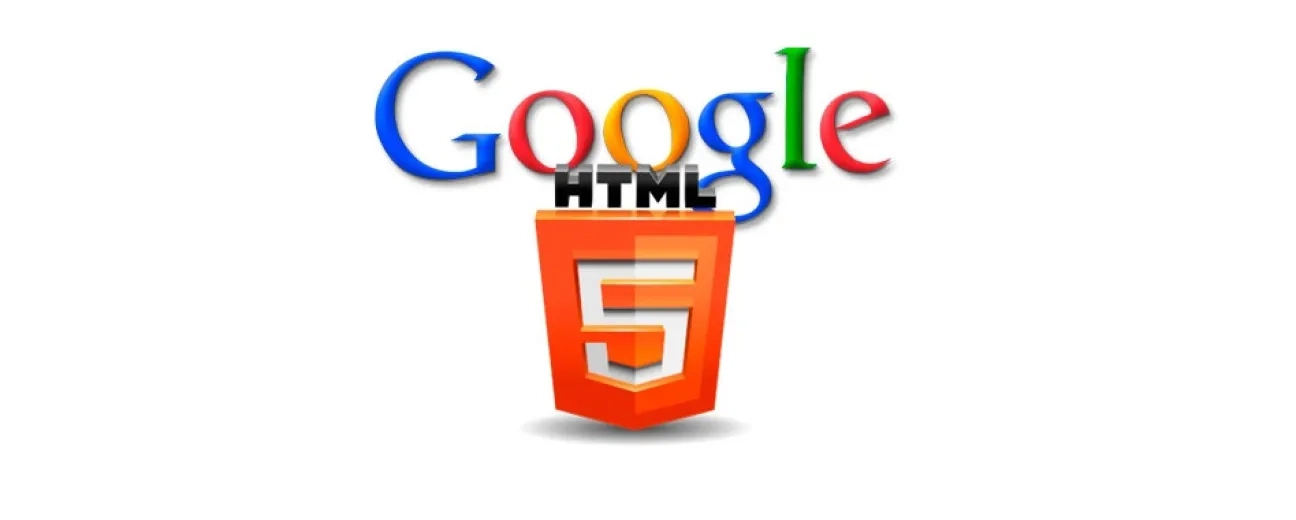
We’re excited to hear your project.
Let’s collaborate!

Do we witness the dawn of a flash-free internet? Find out about the efforts Google is putting for turning HTML5 into a default browsing experience!Google wants to use HTML5 by default for all its products, including Chrome instead of Flash by the end of the year.
Google recently outlined a plan to promote HTML5 as the default for Chrome instead of Flash. In 2016 Flash will only be used by default for a handful of domains that still depend on it. Chrome will run on HTML5 by default if it’s possible, but if Flash is required for a certain website the user will be asked if it’s allowed to run or not.
Flash has been losing ground to HTML5 for many years now. Considering the fact that Flash is a security nightmare riddled with vulnerabilities, it was only a matter of time until companies went in favour of HTML5. Chrome and Flash have always had a complicated relationship in the past.
Flash is currently being included in Google’s Chrome browser by default but that will surely change in the future. Back in September 2015 Chrome started automatically pausing non-essential Flash content such as animations and ads. Nowadays Google wants to pause all Flash content on websites you visit.
The new Google proposal for HTML5 is finally here:
A list of top 10 used sites are whitelisted – for these sites users don’t need to approve Flash to run. The whitelist is meant to avoid over-prompting and make the transition to HTML5 smoother. The whitelisted websites will most likely include Mail.ru, Amazon.com, Twitch.tv, OK.ru, Yandex.ru, Live.com, VK.com, Yahoo.com, Facebook.com and Youtube.com. The white list itself will be updated periodically in order to ad or remove websites.
If users allow Flash to run on any website, Google will simply store the preference and refresh the page. On the other hand, if a website directs users to download Flash, Google Chrome will present an infobar with “Allow Flash Player…” before directing users to the prompt.
Google will also add policy controls such as a setting to “Allow Sites to ask to run Flash”, “Allow Sites…” and “Never run Flash content”. With this system users are able to manage their preferences for each website.
Google has been at the forefront of killing Flash. Back in 2015, YouTube opted for HTML5 videos by default and in February of the same year Google began to automatically convert Flash-based ads to HTML5. Google wants all Flash display ads gone by 1 January 2017.
For some, Flash’s demise couldn’t come to soon – both for security and performance reasons. Despite Google’s strong opposition towards Flash, it was Adobe that actually pulled the plug back in November 2011 when the company withdrew support for Flash Player on mobile devices.
Even with tech giants pushing for the total elimination of Flash Players, it will likely take many years before we can finally have a Flash-free internet.

We’re excited to hear your project.
Let’s collaborate!